11 Best Programming Languages for Data Science in 2023

In this article
Data science has become a popular career choice for several reasons. The number of data science jobs has grown steadily in the past few years, and the U.S. Bureau of Labor Statistics projects that almost 20,000 openings will emerge between 2020 and 2030. And the median salary for data scientists is about a hundred thousand dollars a year.
But to join this exciting field, you’ll need to know how to program, in addition to learning how to analyze data and build data frameworks. Learning how to program will help you perform certain data analyses in a scalable manner, and build engineer frameworks that can store and process data.
With so many programming languages in use today, how do you know which one to learn? Keep reading to find out more about the best programming languages for data scientists.
What Is a Programming Language?
A programming language allows you to communicate with a computer. There are many different programming languages that you can use to write programs, and the language that you choose will depend on the nature of the problem at hand.
Is There a “Best” Programming Language for Data Science?
Each language has its own strengths and shortcomings, which we’ve detailed below. You should choose a programming language for your data analysis projects based on those considerations.
The Best Programming Languages for Data Science
There are a few programming languages that are widely used in the data science industry. Let’s find out what they are, and how they’re used.
Python
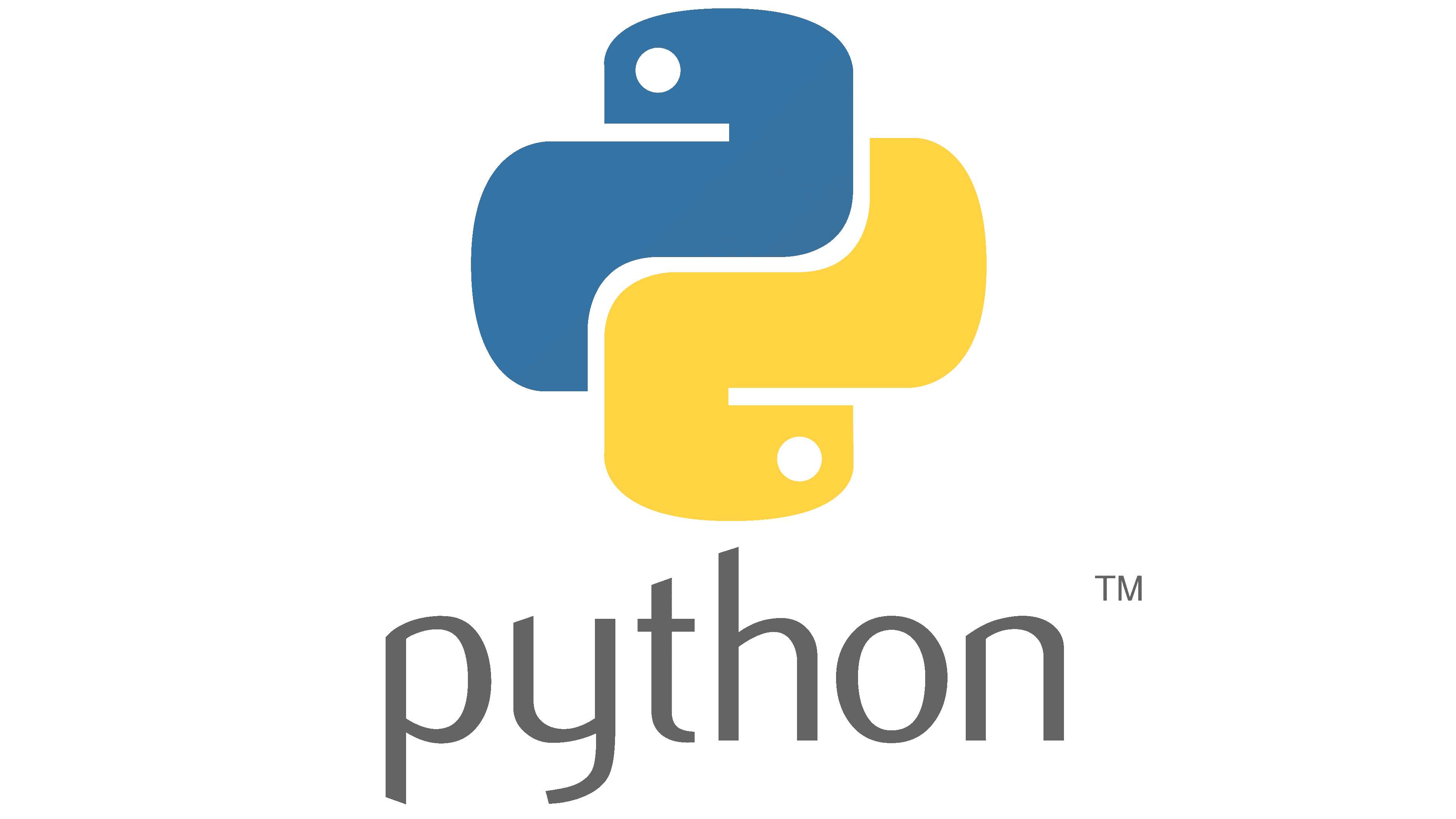
Python is a popular data science programming language because of its simple syntax and intuitive features. This also makes it the perfect choice for beginner programmers. It offers a host of robust tools and libraries that make it easy to process data and produce business intelligence. Although beginner-friendly, Python can also be used to build complex artificial intelligence algorithms and process high-volume datasets.
Get To Know Other Data Science Students
Bryan Dickinson
Senior Marketing Analyst at REI
Brandon Beidel
Senior Data Scientist at Red Ventures
Hastings Reeves
Business Intelligence Analyst at Velocity Global
Pros
- Simple syntax that beginners can quickly learn
- A large offering of data analysis libraries
- Can perform machine learning tasks
Cons
- As an interpreted language, Python can be slow at times
- Python is not the most efficient when it comes to processing data in mobile applications
Python Libraries
- NumPy
- SciPy
- Pandas
Javascript
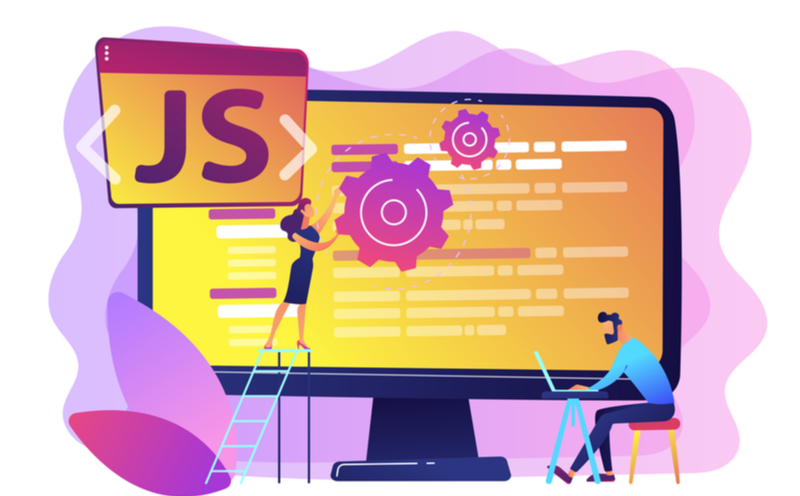
Javascript was originally used to create dynamic interactions for web applications. But it is now widely used in data science because of libraries like Tensorflow.js and its machine learning capabilities. Javascript is a suitable choice for web developers making the transition to data science.
Pros
- It has a number of libraries that can be used for machine learning
- It has built-in modules for data visualizations
Cons
- Javascript doesn’t offer as many in-built data science libraries as some other programming languages
- Client-side Javascript code is visible to users, and this can be used to explore its vulnerabilities
Javascript Libraries
- Synaptic
- Brain.js
- Tensorflow.js
R
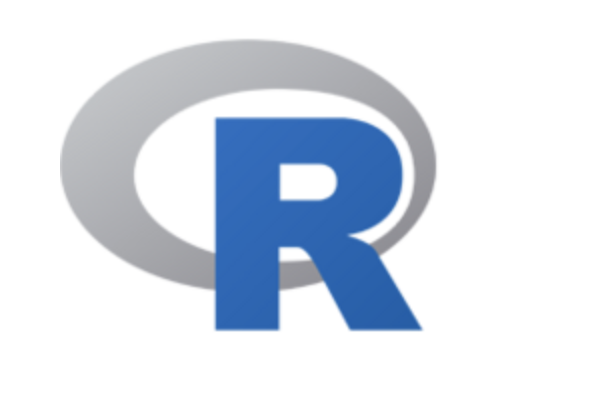
R is among the most powerful programming languages for statistical computing. It allows you to build statistical models and carry out complex calculations with ease. If you’re interested in statistics or math and want to leverage this in data science, then R is the programming language to use.
Pros
- Ability to carry out statistical analyses with various in-built functions
- Is an open-source language with cross-platform usability
Cons
- R can be a complicated language for those who aren’t familiar with statistics
- It’s a slow language when working with big datasets
R Libraries
- Esquisse
- Dplyr
- Lubridate
Java

Java is among the most widely used programming languages in the world. It is a highly efficient and versatile language that performs well across device types, making it a good choice for data science applications. Java is well suited for those who want to build versatile programs that work in a variety of environments and there are numerous Javascript courses you can take to grow your skills.
Pros
- Excellent performance regardless of the operating system or device type
- Highly secure
- Can be used to work with big data (Here is a guide to learn big data with 7 detailed resources)
Cons
- Outdated user interface for some applications
Java Libraries
- JavaML
- RapidMiner
- Mahout
SQL
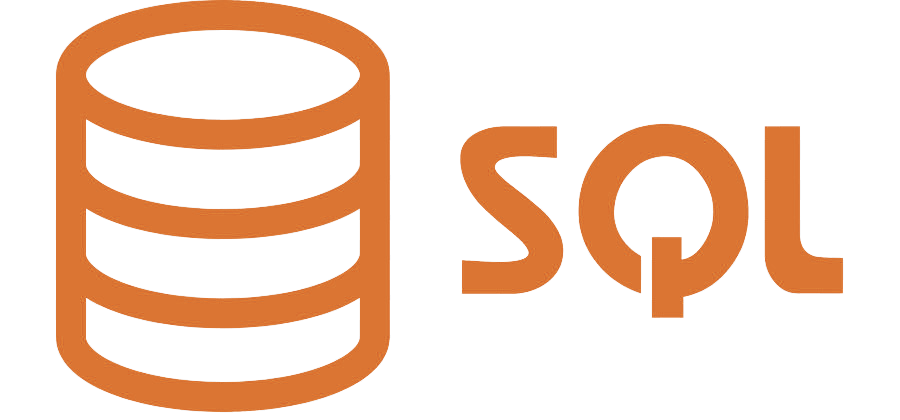
Structured Query Language (SQL) is a language that’s used to manage databases, and manipulate the data that’s within them. More specifically, you can use SQL to insert, search, update, and delete the records that are in a database. It’s the right choice for those who want to work with relational database systems or in business intelligence fields. However, SQL does not have any libraries that are specific to data science.
Pros
- Optimized to deal with large databases
- Easy to search and update data
- Can perform complex operations with a single query
Cons
- The SQL interface can be complex and takes some getting used to
MATLAB
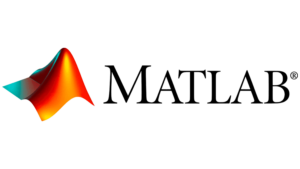
Much like R, MATLAB is a programming language that focuses on mathematical operations. It is a great tool to perform mathematical modeling and visualize functions. Those interested in mathematics will enjoy working with MATLAB.
Pros
- Easy to develop and test algorithms in the MATLAB environment
- Includes features that create videos simulating functions and processing images
- Includes a wide variety of in-built algorithms to execute mathematical functions
Cons
- MATLAB is not a general-purpose programming language, so it’s not as versatile as languages like Java and Python
- Executing large programs can take a lot of time
MATLAB Libraries
- Datafeed Toolbox
- Statistics and Machine Learning Toolbox
- Model Predictive Control Toolbox
Julia
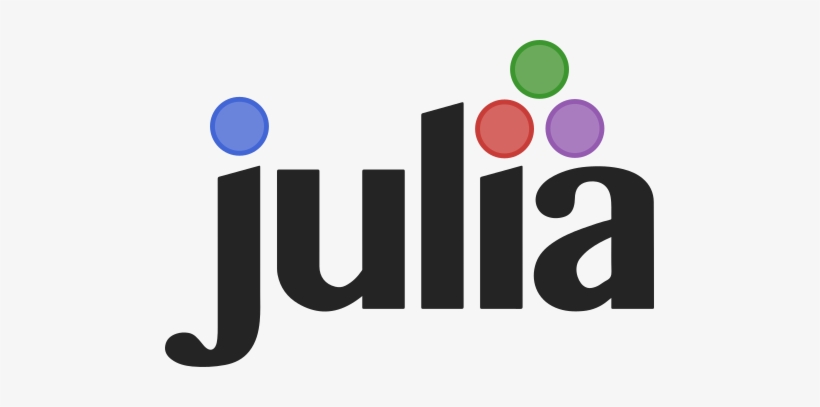
Julia is one of the newer programming languages, and has a function interface that supports code written in Python, R, C++, and others. Julia was originally designed for scientific programming purposes, so you should consider using it if you want to work in scientific data analysis or if you have an interest in numerical computing.
Pros
- As a high-performance language, it can execute complex calculations quickly
- Doesn’t require a license
Cons
- Since Julia is a relatively new programming language, it doesn’t have as many libraries as more established programming languages
- It uses Python libraries for modeling, which results in some loss in performance
Julia Libraries
- Mocha.jl
- Flux
- Merlin.jl
Scala
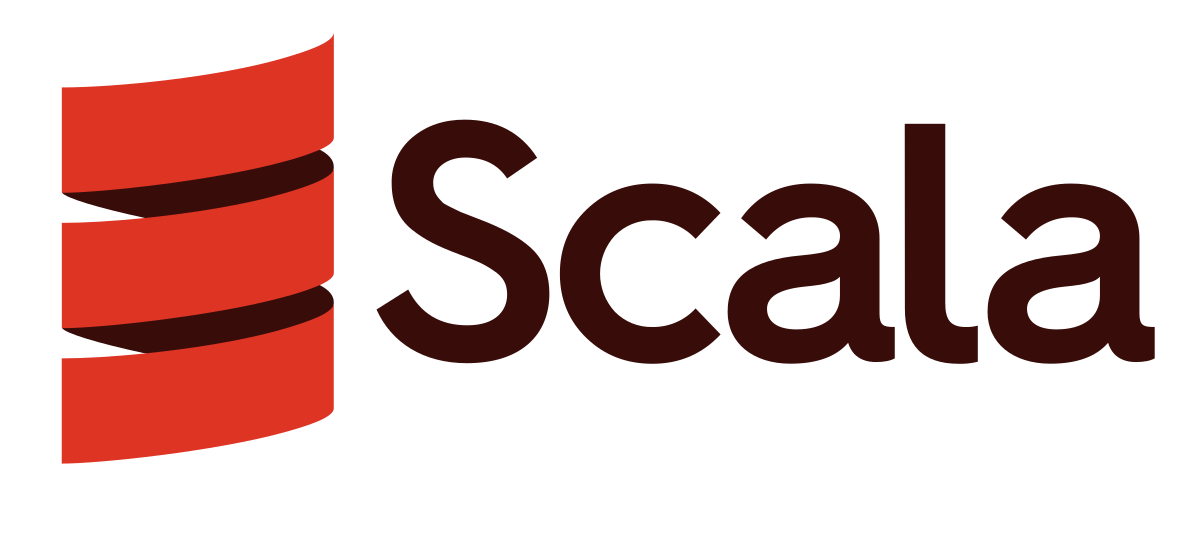
Scala is a general-purpose, object-oriented programming language. The code that you write in Scala can be compiled into Java and produced on a Java Virtual Machine. So if you want to work in a language that provides cross-compatibility with Java, then Scala is a good choice.
Pros
- Designed to perform specific operations using multiple methods
- Combines function and object-oriented programming paradigms, making it well suited for big data
Cons
- Scala code is not the most intuitive and can be difficult to learn
- The community using it is small
Scala Libraries
- Smile
- Breeze
- Vegas
SAS
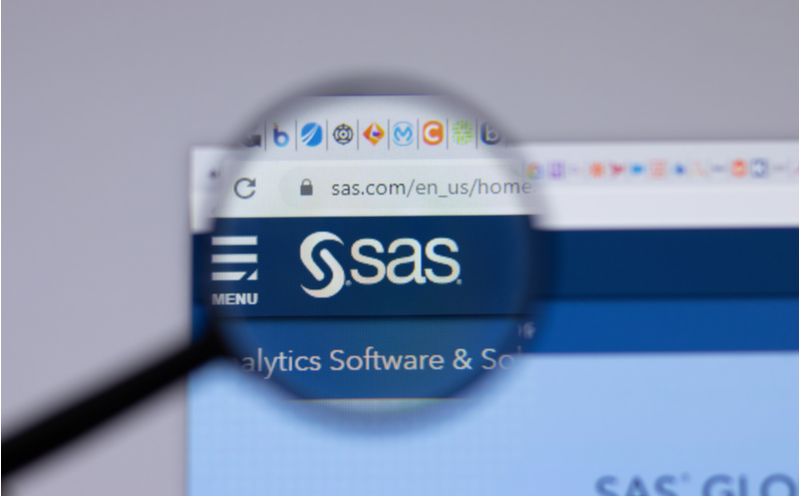
SAS is a programming language designed to handle numerical analysis and scientific computing. It is command-driven and is a good choice for those who want to work on data science projects that are heavy on statistical analysis. Like SQL, SAS does not have any libraries that are specific to data science.
Pros
- As a fourth-generation language, SAS has no dearth of learning materials
- Writing and debugging SAS code is easy to learn
Cons
- Not open source
- R and Python can accomplish many of the same tasks more efficiently
C++

C++ is one of the most popular high-level programming languages in the world, and you should consider learning C++ if you’re interested in general-purpose programming and are considering a career in data science.
Pros
- Can process gigabytes worth of data in seconds
- Allows for system programming, which is useful while writing deep learning algorithms or building deep learning models
- Requires a minimal amount of resources and energy
Cons
- Its security issues can be a problem if you’re working with sensitive data
- The pointers used in C++ are memory intensive
C++ Libraries
- Dynet
- Shogun
- MLPack
Lisp
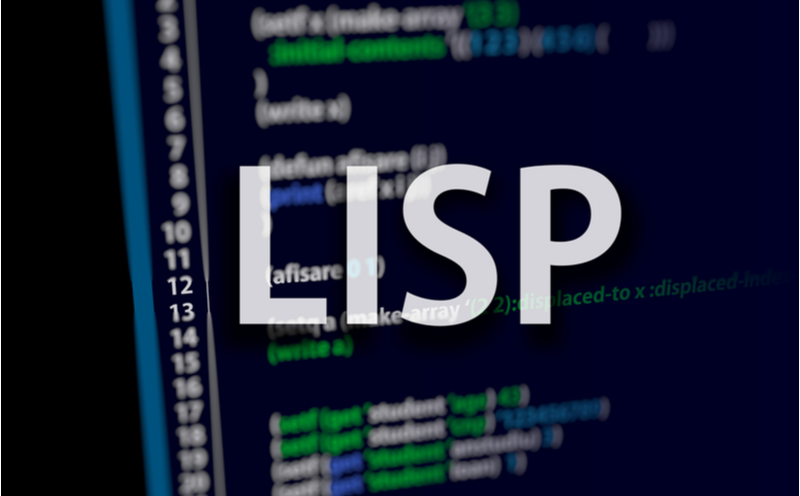
Lisp was one of the earliest programming languages to be used by software developers. Now, Common Lisp has emerged as a useful programming language for data scientists.
Pros
- Highly standardized across implementations and platform
- Because Lisp has been around for a long time, it’s easy to find learning resources and online courses
Cons
- Unintuitive syntax
- Language bloat
Lisp Libraries
- Numcl
- Xecto
- Magicl
How Data Scientists Use Programming Languages
At its core, data science is a field that’s independent of programming. Most of what data scientists do is based on statistics, probability, and linear algebra. That said, you do need to have some software development skills to work as a data scientist, as data scientists use programming to build data analysis frameworks, manipulate data, and conduct exploratory analysis using machine learning and neural networks.
How To Select the “Right” Language To Start Learning
As we’ve already seen, every programming language has its own advantages and disadvantages. The best way to determine which language you should learn is to reflect on your own goals as a data scientist.
If you aren’t yet committed to a career in data science, then you should choose a general-purpose programming language like Java or Python. Data scientists who are certain they want to work in statistical analysis should choose languages like R or SAS.
Ultimately, there is no one-size-fits-all programming language. So choose the language that best suits the work that you want to do.
FAQs About Data Science Programming Languages
Is There an “Easy” Programming Language To Learn for Data Science?
There aren’t any programming languages that are considered easy, but some do have more intuitive syntax and simpler debugging processes.
Is Python the Best Programming Language for Data Science?
There isn’t a single “best” programming language for data science, but Python is a powerful tool with syntax that’s easy to learn as a beginner. This makes it a great choice for beginners and experienced data scientists alike.
Is Python Enough for Data Science?
Yes. Python is capable of carrying out most of the operations required by data scientists. However, if you’re experienced with Python, you should consider new programming languages so that you can take advantage of their unique strengths.
Do You Need To Know How To Code To Be a Data Scientist?
Not every data scientist needs to know how to code. But knowing basic programming can be useful for landing a job and working in the industry.
Since you’re here…
Curious about a career in data science? Experiment with our free data science learning path, or join our Data Science Bootcamp, where you’ll only pay tuition after getting a job in the field. We’re confident because our courses work – check out our student success stories to get inspired.





